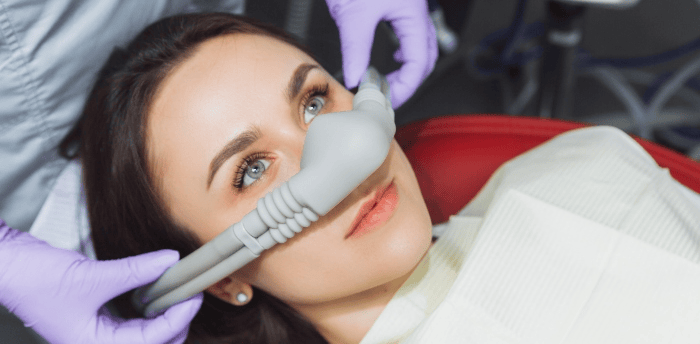Understanding Conscious Sedation: A Safe and Effective Technique
11/13/20232 min read


Conscious sedation is a medical technique used to create a state of central nervous system depression in a patient. This state helps to alleviate pain and pressure during medical procedures, while still allowing for verbal communication between the patient and medical professionals. It is a commonly used technique in day care procedures, allowing patients to quickly resume their daily routines.
During conscious sedation, medications are administered to induce a relaxed and calm state in the patient. These medications act on the central nervous system, reducing anxiety, pain, and discomfort. The patient remains conscious and able to respond to verbal cues, ensuring a safe and effective procedure.
Conscious sedation is often used in dental procedures, endoscopies, minor surgeries, and other medical interventions that do not require general anesthesia. It offers several advantages over other sedation techniques, such as general anesthesia:
- Reduced risks: Conscious sedation carries fewer risks compared to general anesthesia. The patient's vital signs, such as heart rate, blood pressure, and oxygen levels, are closely monitored throughout the procedure.
- Shorter recovery time: As conscious sedation allows patients to remain awake and responsive, the recovery time is generally shorter. Patients can often resume their normal activities shortly after the procedure.
- Cost-effective: Conscious sedation is generally more cost-effective than general anesthesia, making it a preferred option for day care procedures.
It is important to note that conscious sedation should only be administered by trained medical professionals who have experience in sedation techniques. The patient's medical history, current medications, and overall health are taken into consideration before determining the appropriate dosage and medication for conscious sedation.
During the procedure, the patient's vital signs are continuously monitored, including blood pressure, heart rate, and oxygen levels. This ensures the patient's safety and allows for immediate intervention if any complications arise.
After the procedure, patients are monitored until they are fully awake and alert. It is common to experience some drowsiness or grogginess after conscious sedation, but this typically resolves quickly.
In conclusion, conscious sedation is a safe and effective technique used to alleviate pain and discomfort during medical procedures. It allows patients to remain conscious and responsive while ensuring their comfort and well-being. With its reduced risks, shorter recovery time, and cost-effectiveness, conscious sedation is a preferred option for many day care procedures. Always consult with a qualified medical professional to determine if conscious sedation is appropriate for your specific medical needs.
